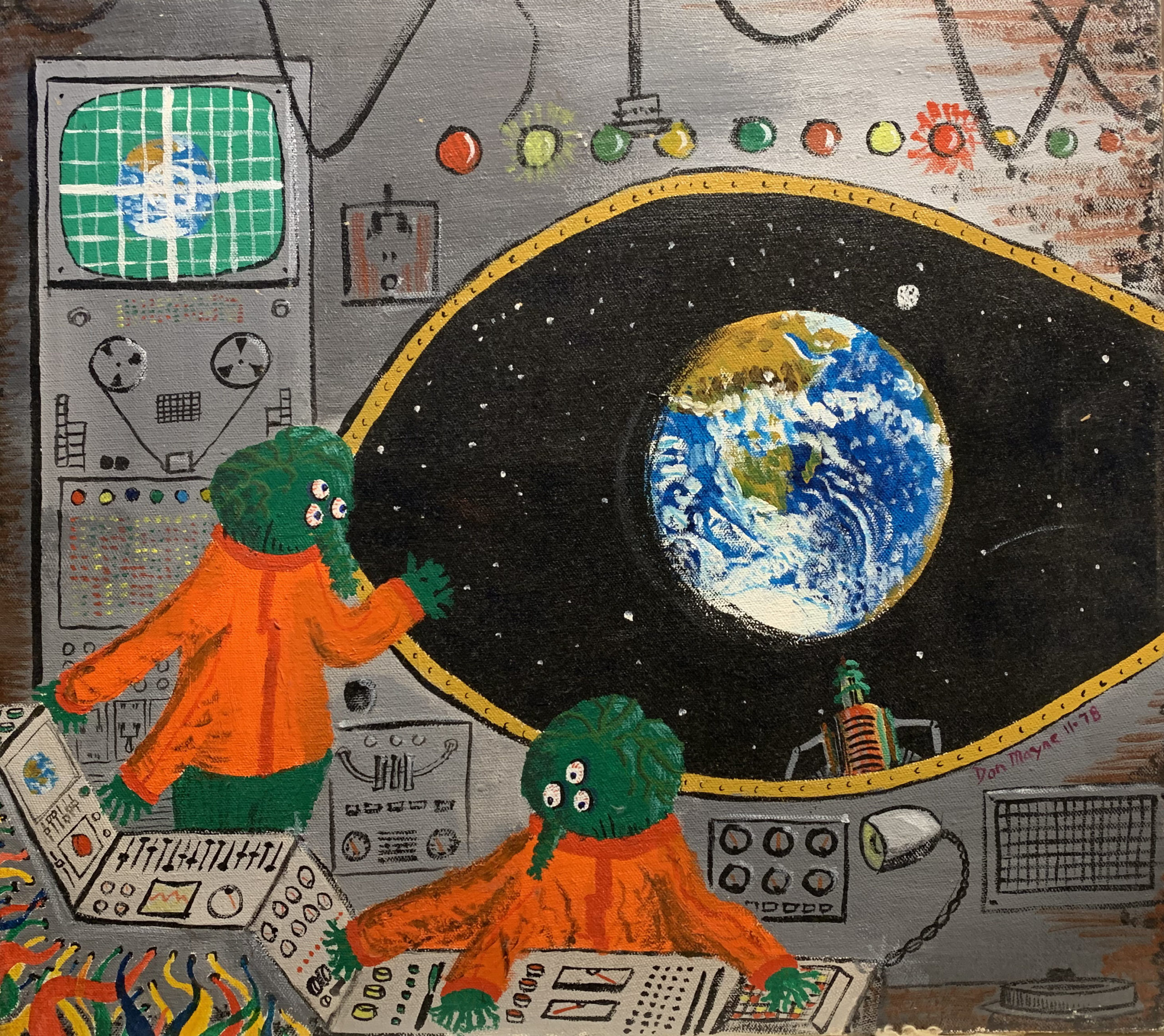One of the books was a biography about Vincent Van Gogh called Lust for Life, by Irving Stone. Having listened to the song Vincent about a thousand times, Marty knew that his art expressed very deep emotions, but that book was his first exposure to the thoughts of the man himself, and his intense obsession with love. Stone’s masterpiece completely altered his point of view about nearly everything.
Marty also discovered Jackson Browne’s album, The Pretender. The lyrics were so meaningful to him, on so many levels, and the music was very subdued so he could absorb the message. Like Paul Simon, it was poetry set to music, but with an authentic cadence that was less formal.
“Though the years give way to uncertainty
And the fear of living for nothing strangles the will
There’s a part of me
That speaks to the heart of me
Though sometimes it’s hard to see
It’s never far from me
Alive in eternity
That nothing can kill.”
— Jackson Browne
One of the attractions of art class was Alicia, a girl who was also a former classmate from Lagunitas School. She had incredibly long, thick brown hair that grew straight down below her butt. Marty liked how it swayed when she walked. (Her hair, not her butt… sheesh.) He blushed at the thought. She was very artistic in her own right, and liked to draw flowers, plants, and fairyland imagery. He thought she had exquisite hands, and was interesting to talk to with her elfish face, but she never showed any interest in Marty beyond exchanging artistic ideas. That was okay; he was used to unspoken female standards he couldn’t meet. He enjoyed having girls as friends, but what he really craved was a girlfriend – that special someone with whom he could share his deepest artistic dreams and fantasies. Alicia was a pleasure to look at (in a purely artistic sense, of course), and was even more fun to talk to because she understood art, and especially the mind of the artist. Marty turned her on to Lust for Life, and she was suitably impressed, but showed no hint of a deeper interest in his thoughts.
“I think we should start a crazy artist’s club,” he announced to Alicia one day, as he set up his easel. His conversation skills needed improvement more than his painting.
“I think you’d be good at that,” she replied agreeably, never looking up from her work. And the door closed, ever so softly, in his face.
His other classes were interesting but unremarkable, except for math. He was at the point where he could take advanced algebra, calculus, and trigonometry if he chose, but his math teacher, Mr. Lewis, was more interested in the athletics programs than in teaching math. He was the Sports Director at Drake, and acted as though he was teaching advanced algebra only because nobody else would do it. In a momentary lapse of candor, he admitted to Marty one day that he really didn’t like math – he read the lessons in the textbook the week before he taught them to his class. His devoted disinterest was a dis-inspiration to many, and Marty usually drew cartoons on the back of the class handouts. As soon as he got enough credits to graduate, he stopped taking math altogether. Anyway, he preferred the natural, visible world to an artificial one composed of arcane facts and figures.
“But I could have told you, Vincent… this world was never meant for one as beautiful as you.”
— Don McLean

